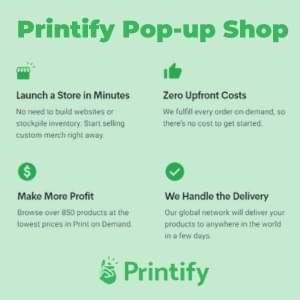Most small business owners make the same mistake every January. They sit down, figure out their marketing budget for the whole year, and then rarely touch it again until next December.
But here’s what changed in 2025: smart businesses stopped doing yearly marketing budgets and started checking their numbers every month or quarter instead.
Why the Old Way Doesn’t Work Anymore
Two years ago, you could get away with planning your whole marketing year in advance. You’d pick Facebook ads, maybe some Google ads, and call it done.
Now? Things move too fast. AI tools can create your social media posts. New platforms pop up overnight. Customer behavior shifts every few months. If you’re stuck with a budget you made 8 months ago, you’re missing out.
Take Sarah, who owns a local bakery. In January, she put $500 a month toward Facebook ads. By March, she noticed her Instagram Reels were getting 10 times more views than her Facebook posts. But she couldn’t move that Facebook money to Instagram content because her budget was “locked in” for the year.
Don’t be Sarah.
What Actually Works Now
The businesses that are growing fast have one thing in common: they look at their numbers every month.
Tools like Google Analytics 4 and HubSpot now show you exactly where your customers come from. You can see which email campaigns make people buy, which social media posts get shared, and which ads are just burning money.
When you have this info, checking your budget monthly makes perfect sense. You can put more money behind what’s working and stop paying for what isn’t.
The New Marketing Budget Rules
Here’s how successful small businesses plan their marketing money now:
January-March: Test new things. Maybe try TikTok ads or start a newsletter. See what sticks.
April-June: Double down on whatever worked in Q1. Cut the stuff that didn’t.
July-September: Focus on organic growth. Maybe that’s SEO, maybe it’s user-generated content.
October-December: Holiday push. Retarget old customers and run your biggest promotions.
Notice something? Each quarter has a different focus. You’re not spending more money total—you’re just moving it around based on what actually works.
The AI Factor
Here’s the big change from just two years ago: AI is now part of most marketing budgets.
Small businesses are spending money on:
- AI tools that write their social media posts
- Software that predicts which customers might buy next
- Platforms that automatically test different versions of ads
You don’t need to become a tech expert. But you do need to budget for these tools. They can save you hours of work and often pay for themselves.
What to Do This Week
- Check your current spending. Where did your marketing money go in the last 3 months?
- Look at your results. Open Google Analytics or whatever tracking you use. What’s actually working?
- Pick one thing to try next month. Maybe it’s video content, maybe it’s email marketing. Start small.
- Set a monthly reminder to review these numbers again in 30 days.
- Stop paying for stuff that doesn’t work. If those LinkedIn ads haven’t brought in a single customer in 6 months, kill them.
The Bottom Line
Your marketing budget should change as your business changes. The companies that grow fastest are the ones that can move quickly when they spot an opportunity.
Stop thinking of your budget as something you set once and forget about. Think of it as something that grows and changes with your business.
See you next Tuesday with another simple tip that actually works.
his Blog Post is Brought to You by Blubrry
If you’re in need of a podcast host, let me recommend Blubrry podcast hosting. No contracts and you can cancel at any time. Plus they’ve redesigned their dashboard and it’s a beautiful and simplified. Competitive prices too! And if you already have a podcast host, migrate to Blubrry for free!







